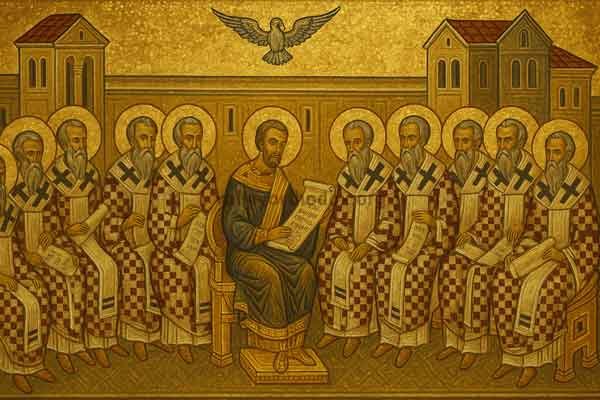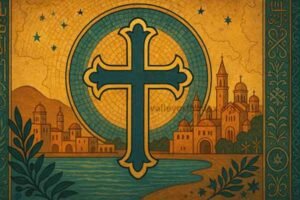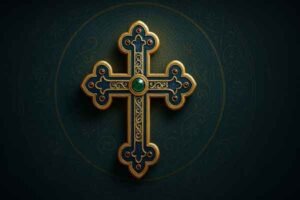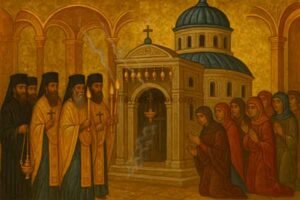The Second Ecumenical Council, held at Constantinople in 381, confirmed the Nicene confession and articulated the Church’s faith in the Holy Spirit. By expanding the creed and issuing canons, the council stabilized Christian doctrine and order after decades of controversy.
Why Constantinople? The Setting After Nicaea
After Nicaea (325) condemned Arianism, disputes continued over Christ and the Holy Spirit. In the East, some teachers diminished the Spirit’s divinity (Pneumatomachians/Macedonians), while Apollinarianism confused the integrity of Christ’s humanity. Emperor Theodosius I convened bishops in Constantinople to restore doctrinal and ecclesial unity.
The Creed: Confessing the Holy Spirit
The council reaffirmed Nicaea and issued an expanded creed—what we commonly call the Niceno-Constantinopolitan Creed. It confesses the Holy Spirit as:
“the Lord, the Giver of Life, who proceeds from the Father, who together with the Father and the Son is worshiped and glorified, who spoke by the prophets.”
The creed also clarifies the Church, baptism, resurrection of the dead, and the life of the age to come—elements presupposed at Nicaea but now stated explicitly for catechesis and liturgy.
Doctrines Addressed
- Against Apollinarianism: Christ is fully human and fully divine; the Word assumed complete humanity for our salvation.
- Against the Pneumatomachians: The Holy Spirit shares the divine worship and glory—true God, not a creature.
Key Figures and Moments
- St. Meletius of Antioch initially presided and reposed during the council.
- St. Gregory Nazianzen (the Theologian) briefly led proceedings and then resigned amid jurisdictional disputes.
- St. Gregory of Nyssa contributed theological clarity, especially on the Spirit.
Together, the Cappadocian Fathers provided the conceptual grammar that secured Trinitarian faith: one essence, three hypostases.
Canons and Church Order
The council issued canons addressing reception into the Church, discipline, and jurisdiction. Notably:
- Recognition of Constantinople’s standing in the East as the city of the Emperor (“New Rome”). (This priority would be further articulated later at Chalcedon’s Canon 28.)
- Lists of heresies and norms for receiving those returning to the Church.
These canons sought to channel theological agreement into practical unity.
What Constantinople (381) Changed—and Why It Matters
- Creed for worship: The creed used in the Divine Liturgy is the Niceno-Constantinopolitan form—born from Nicaea’s foundation and Constantinople’s completion.
- Trinitarian clarity: The council safeguarded full worship of Father, Son, and Holy Spirit, grounding baptismal and Eucharistic life.
- Pastoral stability: Doctrinal consensus was matched with canons, allowing parishes and monasteries to flourish in a shared discipline.
Relationship to Other Councils
- With Nicaea (325): Constantinople confirms and completes the Nicene confession—same faith, more explicit articulation.
- Toward Chalcedon (451): The Christological precision of 381 sets the stage for Chalcedon’s definition of one Person in two natures, bringing Trinitarian and Christological teaching into a coherent whole.
FAQs
Is the “Nicene Creed” actually from 381?
The creed we recite is the Niceno-Constantinopolitan Creed—Nicaea’s confession (325) reaffirmed and expanded at Constantinople (381).
What errors did the council reject?
Primarily Apollinarianism (compromising Christ’s true humanity) and the Pneumatomachians (denying the Spirit’s full divinity).
How does Constantinople 381 affect worship today?
The creed sung at the Divine Liturgy flows from this council’s teaching, shaping baptismal catechesis and Trinitarian hymnography.



